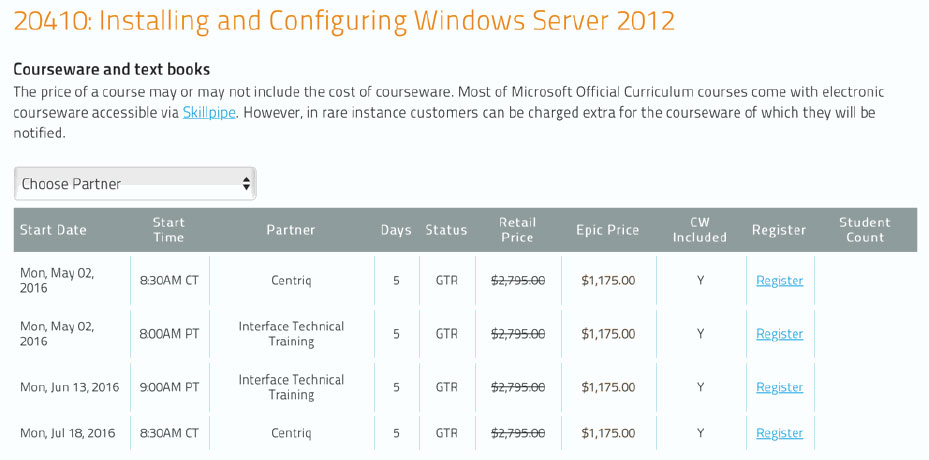TTLX2103: Introduction to Linux | Linux Essentials JumpStart
About this Course
Introduction to Linux is a 3-day, hands-on course that provides you with a solid level foundation in essential skills for using any version of Linux. This course focuses on core useful skills that ordinary you might use day to day when working with Linux.
Audience Profile
This is an introductory-level course, designed for anyone wanting to learn Linux. Attendees should be comfortable working with computers and the command line, but no other specific skills are required to attend.
At Course Completion
This skills-combines expert instructor-led discussions with hands-on labs designed to provide you practical experience working with Linux to complete tasks and functions users usually encounter on the job. The lessons and exercises always emphasize current techniques, best practices and standards. Working in a hands-on lab environment guided by our expert instructor, you'll explore:
Basic Linux Operations
File System Basics
Wildcards
File and Directory Permissions
Working with files
Executing Programs
Using find
Filters and other useful commands
The vi editor
Customizing the user environment
Networking/Communications
Backups and archiving
Need different skills or topics? If you or your team require different topics or tools, additional skills or custom approach, this course may be further adjusted to accommodate. We offer additional Unix, Linux, Scripting, administration, networking, programming, database and other related courses which may be blended with this course for a track that best suits your learning objectives.
Outline
1. The Design of Linux
· A brief history of Linux
· The Linux design philosophy
· Linux architecture
2. Basic Operations
· Logging in and out
· The general form of a Linux command
· Common commands
· Using man pages
· Essential commands
3. File System Basics
· The Linux directory structure
· Standard directories
· Relative and absolute pathnames
· Legal file names
· Navigating the filesystem
4. Wildcards
· Matching one character
· Matching many characters
· Shortcuts
· Wildcard gotchas
· Wildcards and ls
5. File and Directory Permissions
· Viewing permissions
· File permissions
· Directory permissions
· Setting defaults
· Changing permissions
· Keeping data secure
6. Working with files
· Viewing contents
· Identifying file contents
· Copying and moving
· Deleting
· Using symbolic links
7. Executing Programs
· Redirecting STDOUT
· Redirecting STDERR
· Redirecting STDIN
· Creating pipelines
· Processes attributes
· Listing processes
· Killing processes
· Foreground & background processes
8. Using find
· Syntax
· Finding by name, type, or size
· Combining tests
· Finding by size, owner, or timestamps
· Using xargs with find
· Other find options
9. Filters and other useful commands
· What is a filter?
· cat: a generic filter
· head and tail
· grep
· sort
· wc
· other interesting filters
10. The vi editor
· Why vi?
· Basic vi operations: navigating, adding, deleting
· Advanced operations: buffer management, search and replace, configuration options
11. Customizing the user environment
· About shells
· Shell startup files
· Shell variables
· Search path
· Aliases
· Simple shell scripts
12. Networking/Communications
· Reading and sending mail
· Remote login
· Remote file transfer
· Other network utilities (ping, finger, etc)
13. Backups and archiving
· Checking space used or available
· Creating tar archives
· Viewing and extracting files from archives
· Compression utilities
· Working with windows
Prerequisites
This is an introductory-level course, designed for anyone wanting to learn Linux. Attendees should be comfortable working with computers and the command line, but no other specific skills are required to attend.

